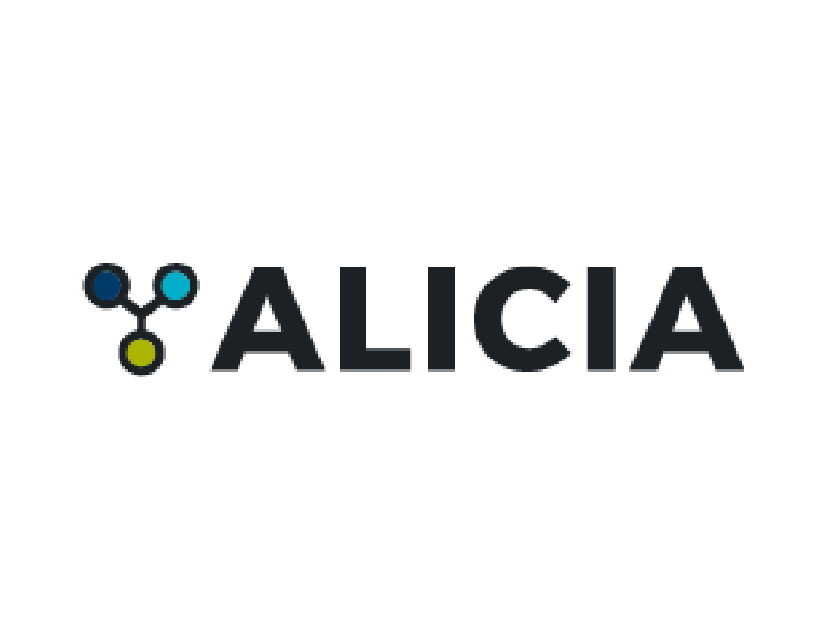Propuesta de cosecha de agua para fines agrícolas mediante la implementación de reservorios en el Distrito de Huarango, San Ignacio, Cajamarca, 2023
Fecha
2025-04-16Autor
Garcia Carrasco, Carlos Agusto
Piñin Diaz, Flor Medali
Metadatos
Mostrar el registro completo del ítemResumen
La presente investigación se desarrolla en el distrito de Huarango, provincia de San
Ignacio, región Cajamarca cuyo problema abordado es la escasez hídrica en las
temporadas de sequía durante el año y las necesidades hídricas de los cultivos.
Ante ello, se plantea como objetivo principal, proponer un sistema de cosecha de
agua para fines agrícolas mediante la implementación de reservorios. Para el
desarrollo del estudio se aplicó una metodología exploratoria – descriptiva, donde
se ha evaluado la disponibilidad hídrica actual en la zona; para esto se utilizó datos
del SENAMHI donde se logró identificar que el mes de enero tiene un escurrimiento
superficial máximo de 3.98 m3
/s y el mínimo en el mes de noviembre con un valor
de 2.53 m3
/s, siendo los meses más secos, setiembre, octubre y noviembre,
afectando así a la producción agrícola local. Se llevó a cabo un análisis del balance
hídrico que evidenció un déficit importante en el agua disponible para riego durante
todo el año, cuyo valor es de 27 666137.60 m3/año.
Para mitigar estos problemas, se diseñó un sistema de cosecha de agua que
comprende 44 captaciones tipo I y II, las líneas de conducción y reservorios del tipo
II, III y V, adaptado a las características geográficas y climáticas del área. Los
resultados resaltan la importancia de estas infraestructuras para almacenar agua
de lluvia y optimizar su uso durante los períodos secos. Además, según los
antecedentes de estudios similares realizados en el país, respaldan la viabilidad de
la propuesta en términos de sostenibilidad y beneficios socioeconómicos.
Se concluye que la implementación del sistema propuesto no solo mejorará la
disponibilidad de agua, sino que también contribuirá al desarrollo económico de los
agricultores locales, fortaleciendo la resiliencia de los diferentes sectores ante los
efectos del cambio climático. Este proyecto ofrece una solución práctica y eficiente
para el manejo de recursos hídricos en zonas vulnerables. This research is carried out in the district of Huarango, province of San Ignacio,
Cajamarca region, whose problem addressed is water scarcity in dry seasons
throughout the year and the water needs of crops. In view of this, the main objective
is to propose a water harvesting system for agricultural purposes through the
implementation of reservoirs. For the development of the study, an exploratory-
descriptive methodology was applied, where the current water availability in the area
has been evaluated; for this, data from SENAMHI was used, where it was possible
to identify that the month of January has a maximum surface runoff of 3.98 m3/s
and the minimum in the month of November with a value of 2.53 m3/s, being the
driest months, September, October and November, thus affecting local agricultural
production. A water balance analysis was carried out, which showed a significant
deficit in the water available for irrigation throughout the year, with a value of
27,666,137.60 m3/year.
To mitigate these problems, a water harvesting system was designed, comprising
44 type I and II intakes, the conduction lines and reservoirs of type II, III and V,
adapted to the geographical and climatic characteristics of the area. The results
highlight the importance of these infrastructures to store rainwater and optimize its
use during dry periods. In addition, according to the background of similar studies
carried out in the country, they support the viability of the proposal in terms of
sustainability and socioeconomic benefits.
It is concluded that the implementation of the proposed system will not only improve
water availability, but will also contribute to the economic development of local
farmers, strengthening the resilience of the community to the effects of climate
change. This project offers a practical and efficient solution for the management of
water resources in vulnerable areas.
Colecciones
- Ingeniería Agrícola [192]







